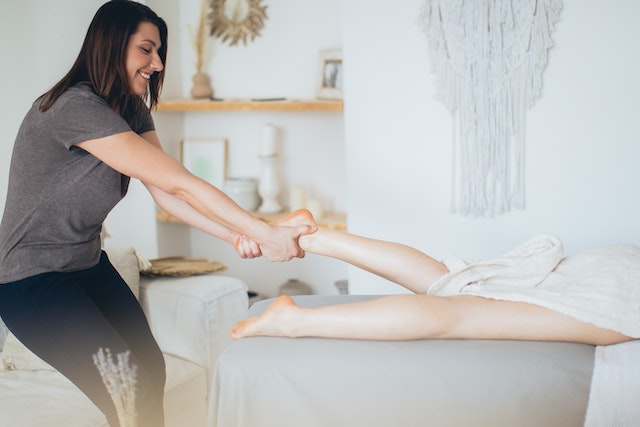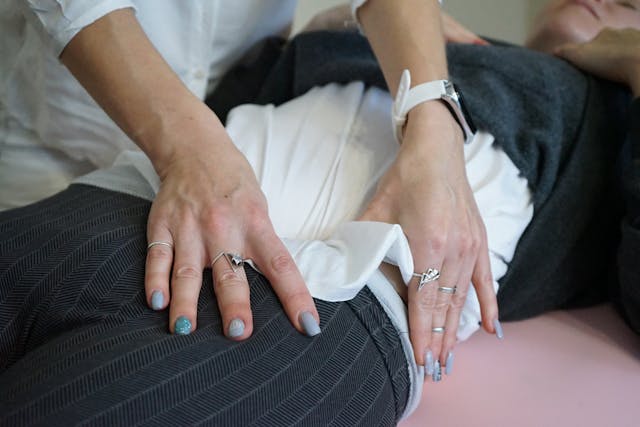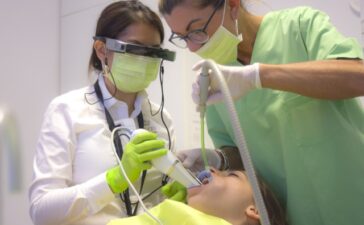Posture has a big impact on your overall health and wellbeing. Poor posture can lead to many musculoskeletal issues such as neck pain, back pain, headaches and reduced mobility. Physiotherapy offers many effective strategies for assessing posture and correcting it so that pain can be alleviated. This will also help improve function and prevent complications in the future.
Posture misalignment
Can be a result of prolonged periods of standing, sitting or carrying out repetitive movements that strain your joints and muscles. Common deviations with posture is forward head posture, excessive lumbar curvature, rounded shoulders and pelvic tilt. These deviation can result in joint dysfunction, muscle imbalances and increased stress on spinal structures. This can reduce your quality of life. Physio Ballarat will assess and correct imbalances in your posture by carrying out comprehensive evaluations and providing personalised treatment plans. This approach focuses on addressing the underlying causes of poor posture. This includes improving muscular balance and promoting optimal spinal alignment. There are many assessment techniques used by physiotherapists in order to assess posture and identify what factors are contributing to the misalignment. They will carry out a thorough examination of the joints, spines and muscles so that they can identify muscle weakness, structural abnormalities and tightness that will contribute to poor posture.

The physiotherapists will also observe how a person walks
And moves so that their alignment can be assessed. This is called a gait analysis and it will help them detect asymmetries or any compensatory movements that you are doing to affect posture. They will also assess your flexibility and mobility of joints to see whether there are any restrictions that contribute to deviations in the posture. Another method is functional movement screening where they will assess how you perform functional movements so that muscular imbalances or movement patterns affecting your posture can be determined. There are a variety of corrective techniques used to alleviate the symptoms as well. Manual therapy or hands-on techniques are used to alleviate muscle tension and improve the mobility of your joints. This includes soft tissue massage, joint mobilisation and myofascial release. There are therapeutic exercises that target specific muscle groups. These will strengthen weakened muscles and stretch any tight muscles you have so that muscular balance can be promoted. This will contribute to improved posture.

You will be educated on proper body mechanics
And ergonomic principles regarding improving posture. Physiotherapists will educate you on daily habits that can promote good posture so that you can make sustainable changes to your life. There are techniques like electrical stimulation, heat or ice therapy, ultrasound that can be used to reduce inflammation, pain and muscle tension. The importance of ergonomic principles will be emphasised by physiotherapists as this will prevent poor posture and help correct this as well. Seating arrangements, ergonomic assessments of workstations and daily activities can help identify any environmental factors that lead to postural strain. By making adjustments to the seating height, positioning of the computer screen and the desk setup can reduce the risk of developing musculoskeletal discomfort.









